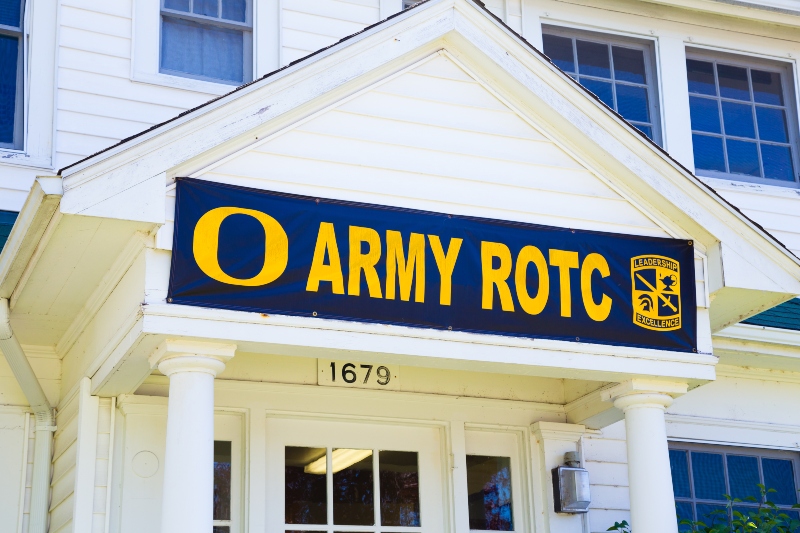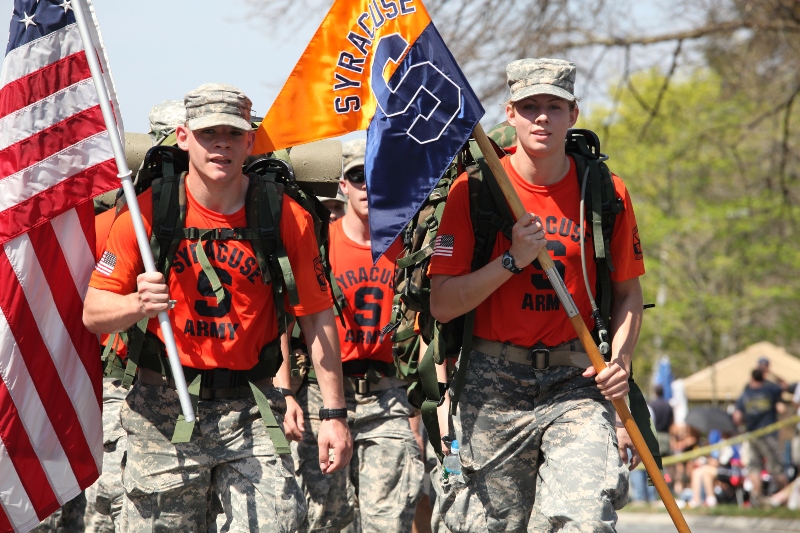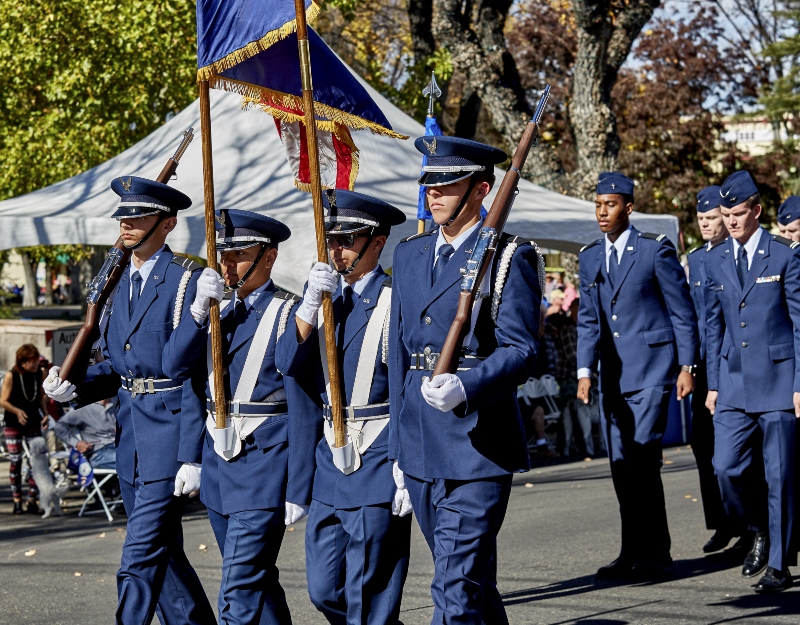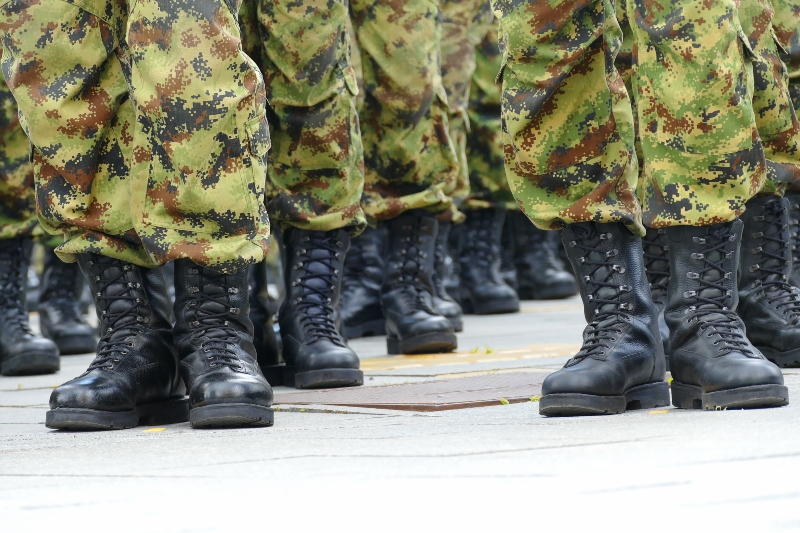
ROTC – What is it, exactly?
ROTC is short for Reserve Officer Training Corps, which is a program of the US Army, Navy, and Air Force designed to train future military officers while they are attending college; Navy ROTC includes the Marine Corps option. These programs provide military classes and supplemental education, taken in addition to the courses of the college students’ majors. Each program extends into the summer with training programs specific to its branch of the service located at service-run training facilities, rather than on college campuses.
This article is focused on the high school student who may want to pursue ROTC at college; if you are already at college, or on active duty with the military, there are separate ROTC programs for you. Each branch of ROTC has specific programs for students who are already attending a specific college and want to explore ROTC starting in sophomore or junior year – to learn more about these options, contact the Military Science or Naval Science department at your college.
Here are the general choices that you have: 1) receive an ROTC scholarship, attend college, have your tuition paid, and go into the military; 2) receive an ROTC scholarship, attend freshman year of college and have your tuition paid, drop out of ROTC, and go on with your life and college with no obligation to the military; 3) enroll in a college, take some ROTC courses, decide you want to apply for a scholarship and have your future (not retroactive) tuition paid, and go into the military.
What if you’re not sure? If you might want to go into ROTC, but you’re not ready to decide, include it in your college list-building activity. You can put “does it offer Navy ROTC?” as one of the criteria for putting colleges on your list, which will keep the option open if you decide later to apply for the Navy ROTC program. Most colleges allow you to take the first year military-science courses as electives without joining the ROTC program, so you can even test-drive ROTC and explore your interests.
There are specific ROTC programs for current active duty military personnel – if this applies to you, please follow up with your chain of command, as any advice we can give you will be supplanted by the decision of your commanding officer.

Three Questions to Ask Yourself if You’re Interested in Reserve Officer Training Corp
If you are interested in ROTC, the first question you need to ask yourself – and this is very important – is “do I want to serve in the US military?” The answer needs to be a solid YES because that is the primary goal of ROTC. If you’re thinking “it looks like fun,” there are many times when it won’t be. And if you’re interested in “cool uniforms” remember you will be cleaning, ironing, shining, and polishing that uniform even when you don’t want to. And while you might be thinking about “post-military career opportunities,” you don’t want to spend the first four years of active duty just waiting for them to end.
The second question is: “What branch of service do I want to serve in?” Army, Air Force, and Navy each have their own ROTC programs and there is no crossover; each one leads to a commission as an officer in one of their branches, with the Navy having the Marine Corps option. So do some personal research about life in each of those services, and what types of specialties are available in each.
And the third and final question is: “Do I want to get my college tuition paid for, in exchange for an obligation to serve in the military upon graduation?” It is possible to study all the ROTC coursework and get commissioned upon graduation without receiving a scholarship. Conversely, receiving a scholarship and ‘contracting’ with ROTC will obligate you to serve – this obligation starts after freshman year if you receive the four-year scholarship.

Ready to learn more about the Reserve Officer Training Corp?
If your interest is piqued, we invite you to read the next installment of this blog series discusses the scholarships opportunities, program structure, and history of the ROTC!
